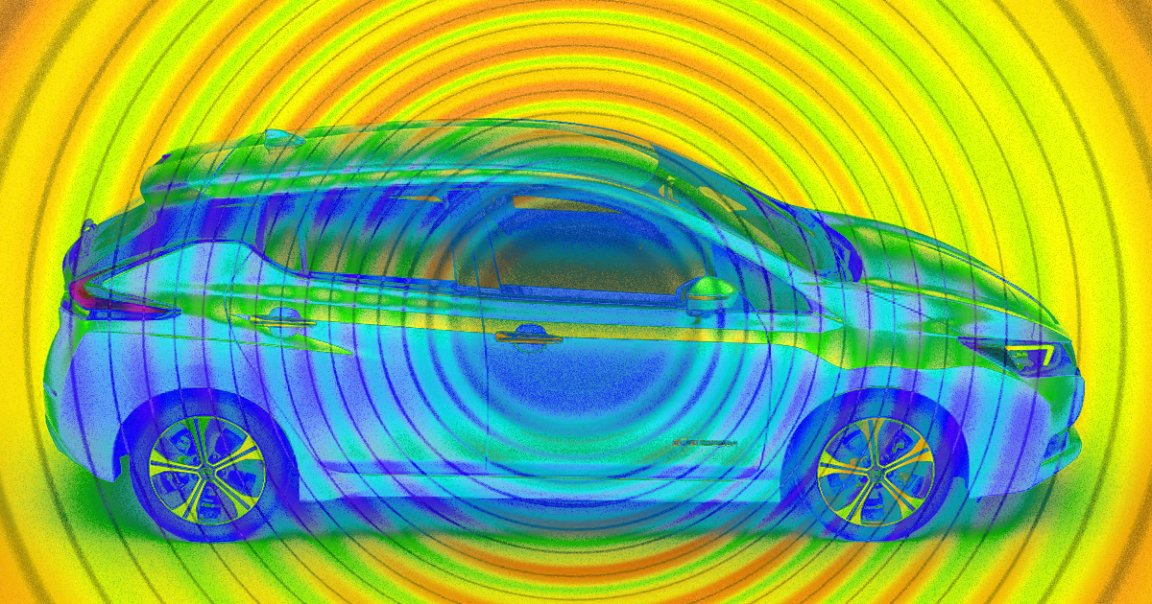
Oh So Quiet
The engines powering electric vehicles can be whisper quiet, especially at low speeds, which makes EVs a threat to pedestrians — especially those with visual impairments.
That’s why, starting on July 1, the European Union will require automakers to fit their EVs with systems that emit warning noises when the car is moving at a slow speed — fake engine noises, essentially. The only problem: no one actually knows whether the systems will keep pedestrians safe.
Speak Up
Under the new EU legislation, automakers must equip any EV with four or more wheels with an Acoustic Vehicle Alert System (AVAS).
This system must emit a continuous noise of at least 56 decibels any time the car is moving 20 kilometers per hour (12 miles per hour) or slower. That’s about as loud as a conversation you might have in your home.
Several EV makers already equip their cars with such systems, but this legislation will make AVASs a requirement.

White Noise
A similar initiative is already in the works in the United States, but according to a New Atlas story, researchers aren’t actually certain that AVASs prevent unwanted collisions between EVs and pedestrians.
A Norwegian study expected to wrap up in June could clear up the issue. And if it finds AVASs don’t do the trick, transportation experts will have no time to waste finding something that does.
READ MORE: Dawn of the noisy electric car: EU laws requiring audible warning sounds take effect July 1 [New Atlas]
More on EVs: Bring the Noise: Why Electric Vehicles Need to Make More Sound, Right Now